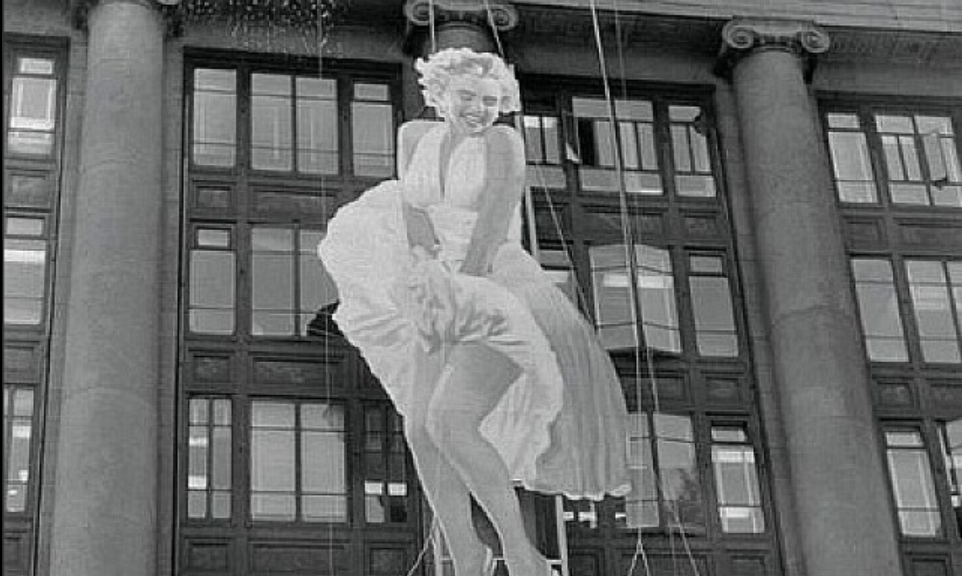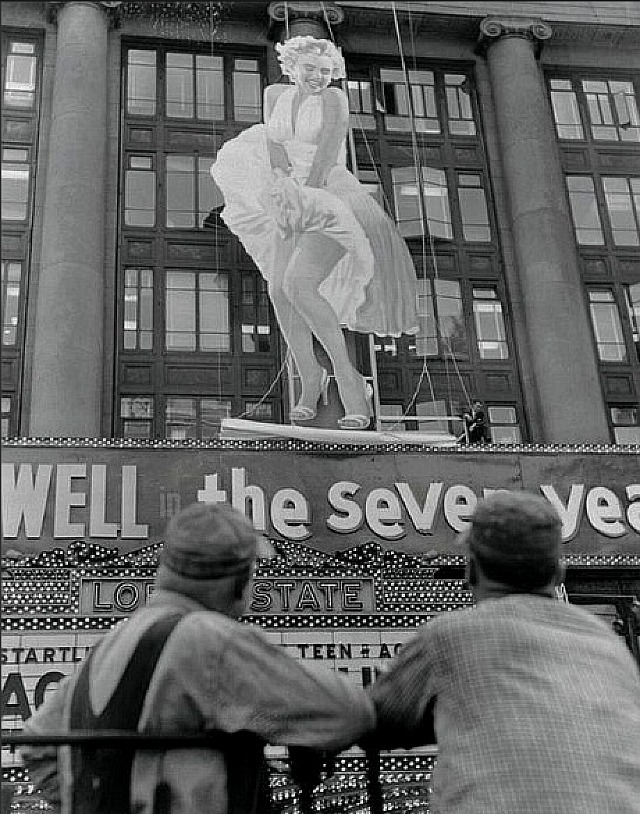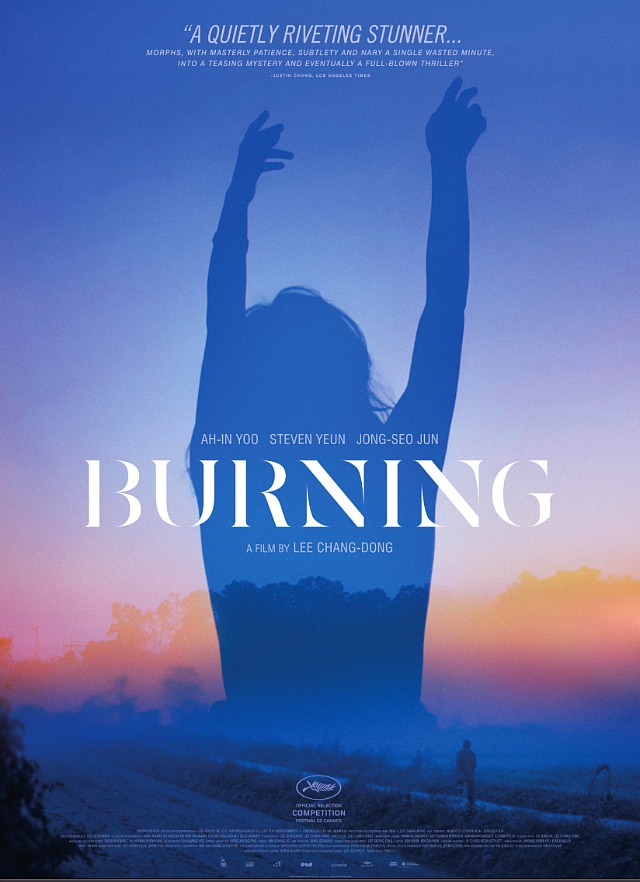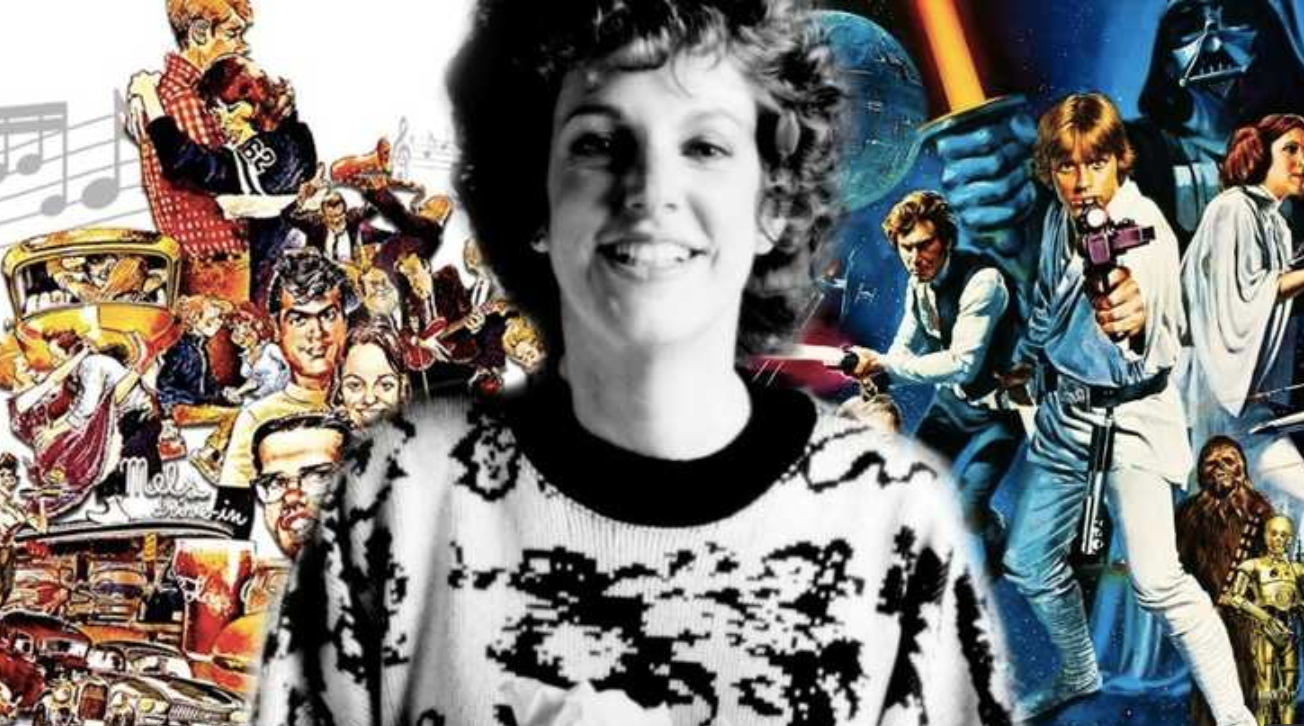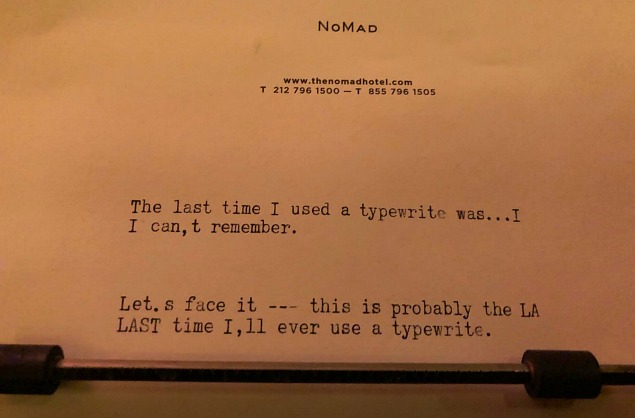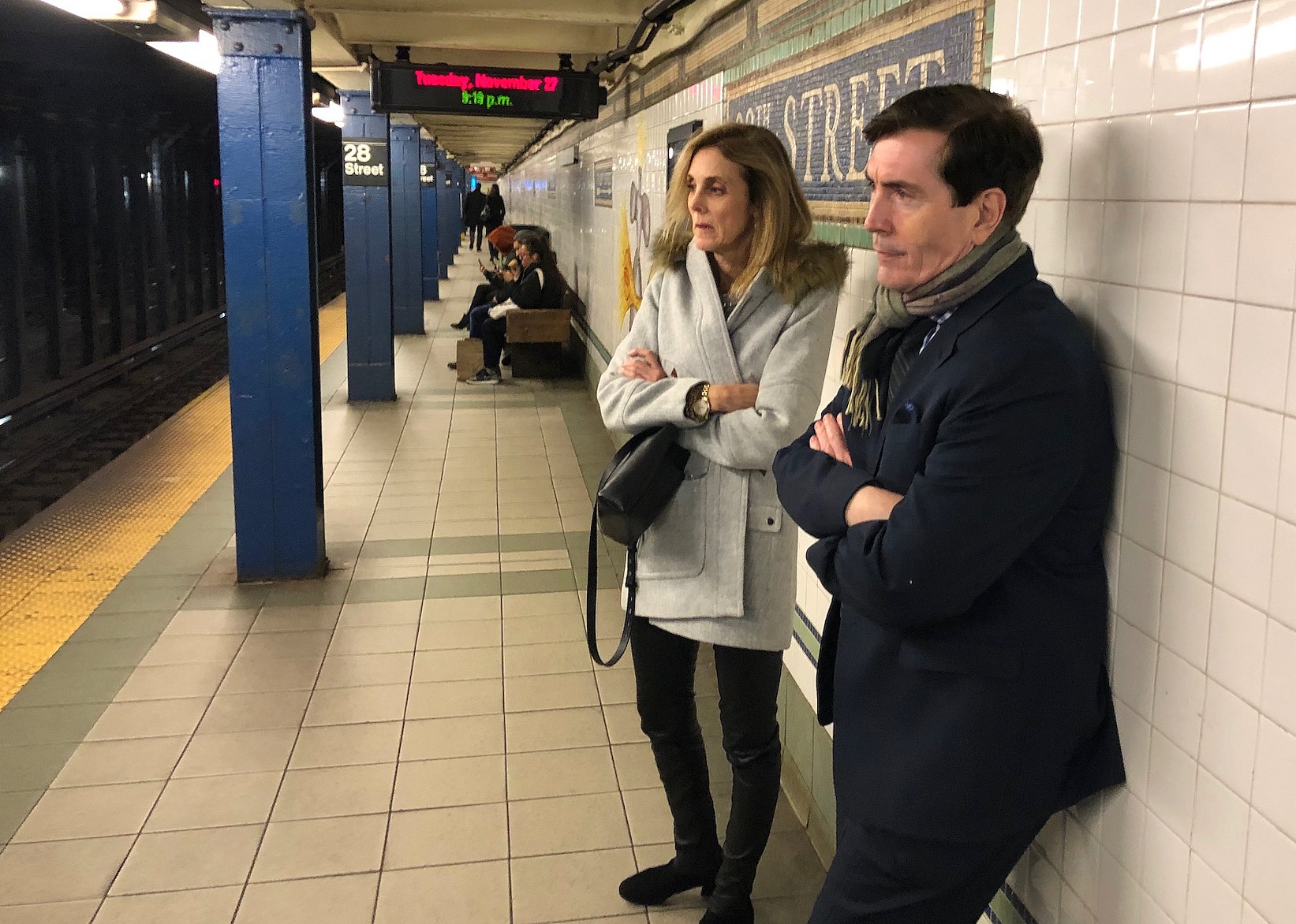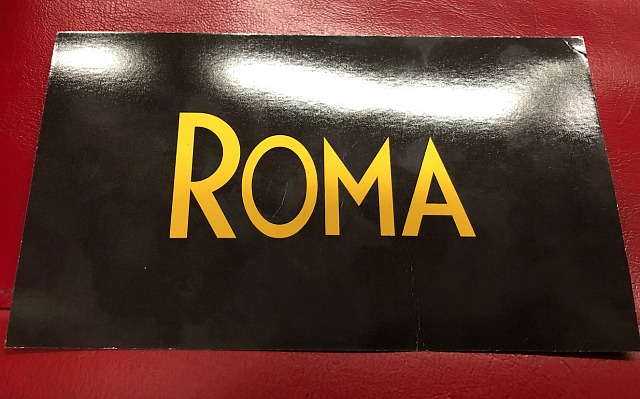Remember the good old days when the New York Film Critics Circle’s website had a live-blog that would tap out the winners as they were decided upon? Now everyone just follows the blow-by-blow on Twitter or via Gold Derby. Voting is underway as we speak. 11:55 am: Things have stalled with ony three awards decided upon. Let’s get this show on the road, guys…hubbah-hubbah! 12:50 pm: All is forgiven with First Reformed‘s Ethan Hawke having taken the Best Actor prize, Paul Schrader winning the Best Screenplay trophy, and Can You Ever Forgive Me‘s Richard E. Grant having won for Best Supporting Actor. Not to mention Alfonso Cuaron‘s Roma cinematography having also triumphed.
Best Picture: Roma. HE response: Yowsah.
Best Director: Alfonso Cuaron, Roma. HE response: Yup.
Best Actor: First Reformed‘s Ethan Hawke. HE response: Yes! I had Hawke on my Gold Derby Best Actor roster from the get-go while the go-alongers (i.e., the vast majority) ignored him. Why? Because First Reformed opened last May and was therefore not on their Oscar radar. Do you understand how completely embarassing this kind of thinking is?
Best Actress: Regina Hall, Support The Girls. HE response: I never saw it.
Best Supporting Actress: Regina King, If Beale Street Could Talk. HE response: I don’t get it — King delivers a standard “mother courage” performance — but whatever. I would have voted for Amy Adams‘s Lynne Cheney performance in Vice.
Best Supporting Actor: Richard E. Grant, Can You Ever Forgive Me?. HE response: All hail the glorious cat killer!
Best Screenplay: First Reformed, Paul Schrader. HE response: 100% agreement and then some.
Best Cinematography: Roma (Alfonso Cuaron). HE response: There was no other choice except for Łukasz Żal‘s lensing of Cold War. Hearty congrats to Cuaron.
Best Animated Film: Spider-Man: Into the Spider-Verse. HE response: I don’t care how good it supposedly is. I don’t do animated, especially anything to do with superheroes.
Best Foreign Language Film: Pawel Pawlikowski‘s Cold War. HE response: 100% agreement, landmark film, exquisite cinematography
Best Documentary Feature: Minding The Gap. HE response: Haven’t seen it.
Best First Feature: Eighth Grade. HE response: Agreed, well deserved. HE would have preferred: No, no…Eighth Grade is a nakedly honest, highly focused film…no complaints.


